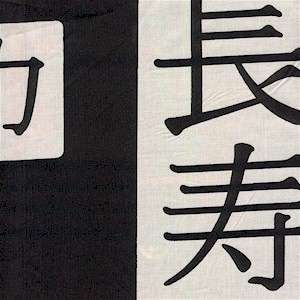tHow to write Haiku

Japanese writing
In Japanese, the rules for how to write Haiku are clear. In foreign languages, there exist no consensus in how to write Haiku-poems. However the basic rules are:
What to write about
Haiku-poems can describe almost anything, but you seldom find themes that are too complicated for normal people's recognition and understanding. Some of the best Haiku-poems describe daily situations in a way that gives the reader a brand new experience of a well-known situation.
The metrical pattern of Haiku
Haiku-poems consist of respectively 5, 7 and 5 syllables in three units. In Japanese, this convention is a must, but in English, which has variation in the length of syllables, this can sometimes be difficult.
The technique of cutting
The cutting divides the Haiku into two parts, with a certain imaginative distance between the two sections, but the two sections must remain, to a degree, independent of each other. Both sections must enrich the understanding of the other. To make this cutting in English, either the first or the second line ends normally with a colon, dash or ellipsis.
The seasonal theme
Each Haiku must contain a kigo, a season word, which indicates in which season the Haiku is set. For example, cherry blossoms indicate spring, snow indicates winter, and mosquitoes indicate summer, but the season word isn't always that obvious. Check that you understand what these words mean in this document
Consensus: a generally accepted opinion among a group of people.
Convention: a common way of showing something in writing.
|
